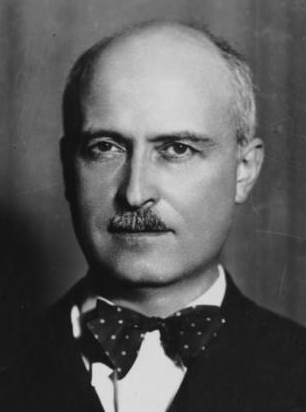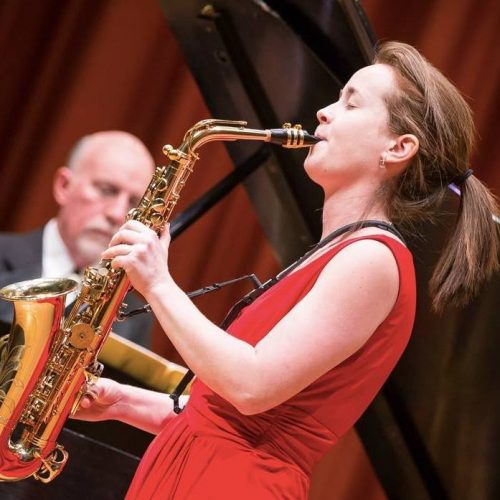By Erik Elmgren
On Wednesday, April 18, 2017, at 8 p.m., the Eastman School Symphony Orchestra presents its first concert of the spring semester. The program features works by Dvorak and Hovhaness, as well as Jacques Ibert’s Concertino da Camera for saxophone and chamber orchestra performed by Eastman student Nicki Roman. I spoke to Nicki to learn a bit more about this exciting opportunity.
Tell us a bit about yourself?
I am currently in my second year as a doctoral candidate studying under Chien-Kwan Lin. Before arriving at Eastman, I completed my Masters degree at the University of Illinois in 2015. I grew up in Key West, Florida (the southernmost point of the United States) and completed my Bachelors degree at the University of North Florida.
How did the opportunity to perform Ibert with orchestra come about?
Our studio had a concerto competition and the required piece was Ibert’s Concertino da Camera. This piece is quite a standard in our repertoire, so it is a work that never quite leaves our fingers. When I heard about this opportunity, I decided to go for it. It is a piece that constantly challenges the saxophonist in a variety of different realms at any level. It has been quite interesting re-visiting it many years later!
What interesting things should an audience know about Ibert’s Concertino da Camera?
This work was written for a saxophonist by the name of Sigurd Rascher, who was known as someone who pioneered the high range of the saxophone. Ibert’s concerto reflects that in moments where the solo part demands the use of an extremely high register on the alto saxophone. This was something that was not as common before the early 1930s, because no one had quite mastered it! The piece was also originally scored for eleven instruments and meant to emulate a small-scale chamber orchestra. It is common performance practice to double the string parts in order to fill out the orchestral sound while the winds and soloist are playing. In this performance, we are doubling string parts for this reason.
What sort of unique challenges are presented by the work, especially when performing it with an orchestra?
Saxophonists really only get the opportunity to perform with an orchestra in select orchestral pieces or concerti. With this being said, this pushes us to develop different tone colors and articulations on our instrument. There are instances where a melody is presented in the strings and the soloist must respond in a similar style. I find myself thinking a lot about bow directions (i.e up and down) in order to match articulations and phrase groupings. In Ibert, there is really never a moment for the soloist to take a break. The saxophone part is highly active throughout. Even during sections where the orchestra takes over, the saxophone part is still noodling in the background in a very playful manner. This piece is a prime example of the repertoire being written for the instrument in the 1930s and ‘40s. There is an obvious influence of the jazz genre and the piece is very technically demanding on the performer in order to capture the virtuosity and new capabilities of the instrument being explored during that time.
Eastman School Symphony Orchestra
Wednesday, April 19, 2017– 8:00 p.m.
Kodak Hall at Eastman Theatre


